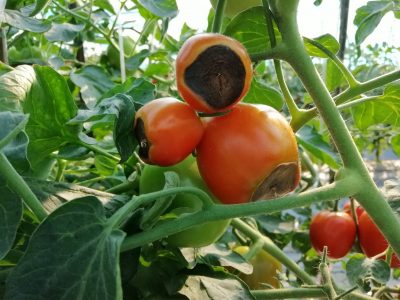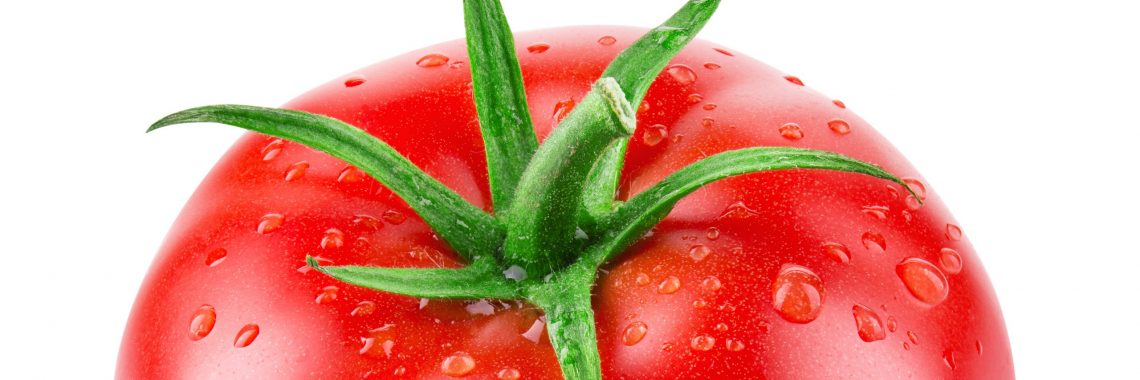Can’t grow tomatoes in Wyoming? I do. Here’s how.
Fruit is the most popular vegetable in the home produce garden. Most everyone who wants to grow some (or all) of their own food wants to grow tomatoes. I even grew tomatoes most every year when I lived in Laramie at 7,200 feet.
Now that I am back at 5,100 feet elevation (Casper) and growing in Zone 4 or 5, tomatoes seem a much more manageable and successful undertaking than in Zone 3 (Laramie – the lower the zone number, the colder the climate).
Tomatoes can be grown in as few as 50 to more than 90 days. That is one of the reasons gardeners at higher elevation grow plants from seeds indoors (or transplants) and plant outside after all danger of frost is gone. Some varieties need almost 110 to 120 days to produce fruit – not enough time to make fruit before the first frosts of fall at higher elevation. I suggest selecting varieties with shorter days to maturity, 60 to 70 days, as listed on a label or seed packet.
A good guide to growing vegetables in our state is at bit.ly/growing-vegetables-Wyoming.
Starting plants inside
Seeds can be planted indoors as many as eight weeks ahead of the last average frost date for any location, but most often two to four weeks prior.
Plants started from seed indoors need plenty of sunshine once they germinate to have short, stout, strong stems. Plants can grow long internodes and have thin, weak stems that fall over easily, or fail under the weight of heavy fruit, if they are stretching to get into the light of a window several feet away.
Overhead lighting can help develop strong stems as the seedlings develop. Full spectrum or “grow” lights are the best for plants indoors. A shop light with a cool white and a warm white bulb is pretty close to full spectrum, or one can use LED lights that have both red and blue bulbs to get the full spectrum of beneficial light waves.
Harden plants off once they are ready to go outdoors. This means that they have some experience out in the weather they will be growing in before they are stuck out in it. Put them out for a few hours a day, then bring them in for the night. Keep extending the outdoor time until they have been out for at least 8 hours. Bring them indoors one more night, and it will be safe to plant them outdoors the next day.
Tomatoes will grow roots along their stems if the stems are buried. If the stem does get leggy growing indoors, they can be laid flat in a trench instead of a hole, and the plant will grow upright and develop an extensive root system.
Protection from cold nights is important at high elevations as tomatoes grow best at temperatures in the 80s and 90s. Any temperatures below 50 degrees slows or stops their growth, and they have to gain back the lost heat during the next day. Providing a heat-absorbing reservoir like a double-walled, water-filled plant protector (Wall of Water, for example), gallon jug of water, large dark stone, or other protective device will minimize overnight heat loss.
Tomatoes benefit from staking or caging to support the heavy fruit crop that develops on the branches. Cages also hold the fruit out so they are easier to harvest.
Dreaded blossom end rot

Blossom end rot is the major problem we see in tomatoes in Wyoming. Blossom end rot is a calcium deficiency in a plant during fruit development. Wyoming water and soils have plenty of calcium. The reason plants don’t get enough calcium is that the water is not there to channel it into the roots for plant absorption and use in developing fruits. The way to prevent blossom end rot is to maintain even or consistent moisture levels in the soil surrounding the tomato plants. That way the plants have a continuous supply of needed calcium.
Harvest is the best time for any garden plant. But, tomatoes lead to all kinds of seasonal pleasures, from just eating the fruit and having the warm juice run down your chin, to the first BLT of the season or stuffed tomato salads with friends on the patio or deck.
The tomato supply does not have to come to a screeching halt when the season comes to a close. Plants can be pulled and hung upside down in a garage or a cool location in the basement or a crawl space. The fruit will continue to ripen on the vine. Or, they can be wrapped individually in newspaper and stored in cardboard boxes until they are ripe. Be sure to check the box periodically for the ripest fruit and to ensure none have begun to spoil.
Contact your local UW Extension office for suggestions of well-suited varieties or growing assistance in your area. Office contact information is at www.uwyo.edu/uwe/county.
Donna Hoffman is the county horticulturist in the Natrona County office of the University of Wyoming Extension. Tomatoes continue to be a must-have in her home garden and in many of her favorite dishes from the kitchen. She can be reached at (307) 235-9400 or at dhoffman@natronacounty-wy.gov.





